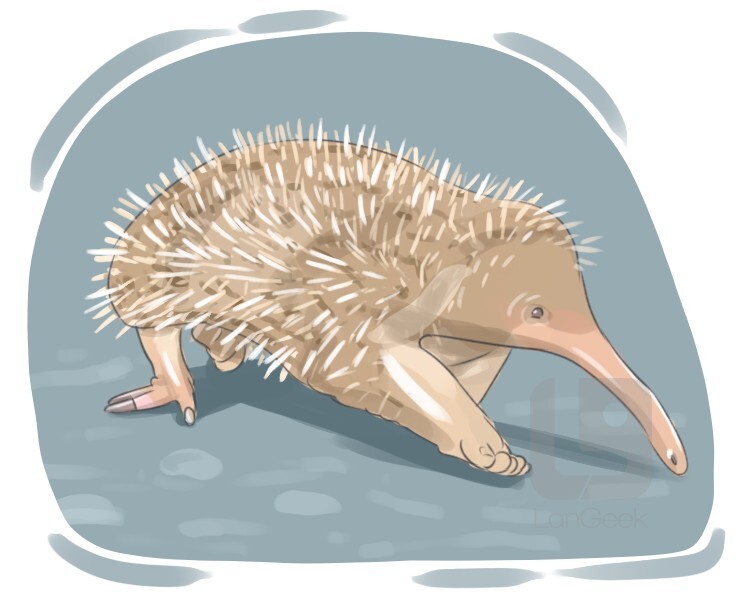Echidna
01
가시두더지, 에키드나
a small egg-laying mammal that is covered in spines, has a pointed snout and originates from Australia

02
에키드나, 괴물의 어머니
a half-woman, half-snake creature known as the "Mother of Monsters" because she was the mother of many famous monsters




























